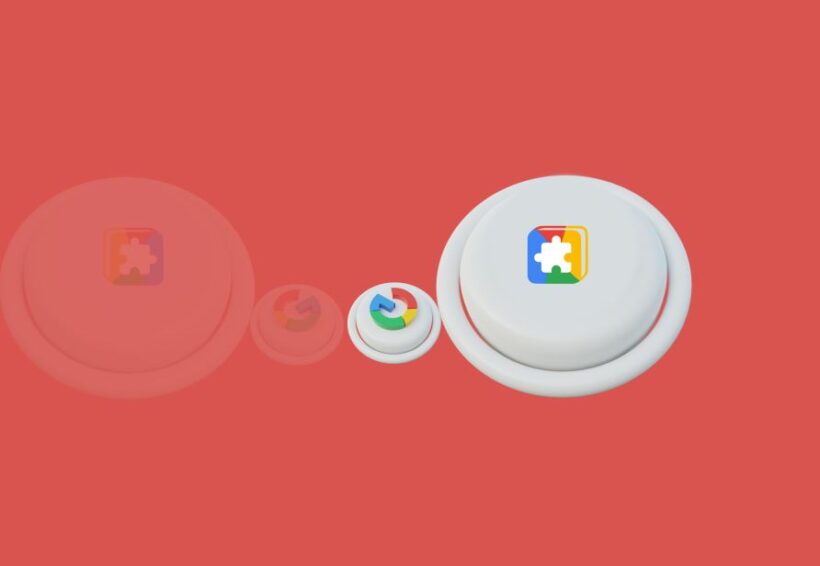CSS Grid, or simply “grid,” is a powerful CSS layout module that empowers developers to create complex and responsive two-dimensional layouts with ease. It introduces a set of CSS properties that allow developers to define columns and rows, position and size elements, and control how they flow and overlap within a grid container.
CSS Grid simplifies the process of building intricate and dynamic layouts that were previously challenging to achieve.
How CSS Grid Works
- CSS Grid treats a group of elements as grid items within a grid container. The container becomes the grid container, and its direct children become grid items. CSS Grid then provides properties to define the structure and behavior of the grid:
- Grid Columns and Rows: Developers define the number of columns and rows in the grid, along with their sizes and gaps.
- Grid Lines: The grid is divided by vertical and horizontal lines, creating a grid structure that items can be positioned against.
- Grid Tracks: The space between two adjacent lines is called a grid track, and it can be used to position and size grid items.
- Grid Cells: The intersection of a column and a row creates a grid cell, providing a specific location for placing grid items.
- Placement and Sizing: CSS Grid offers properties to control the placement, size, and order of grid items within the grid container.
Benefits of CSS Grid
Using CSS Grid offers several advantages:
Powerful 2D Layouts: CSS Grid enables developers to create complex and responsive two-dimensional layouts that were previously challenging to achieve.
Responsive Design: CSS Grid is inherently responsive, making it easy to build layouts that adapt gracefully to different screen sizes and device orientations.
Precise Control: With CSS Grid, developers can precisely position and size elements, achieving pixel-perfect layouts without relying on complex positioning hacks.
Overlap and Layering: CSS Grid allows elements to overlap and layer, creating visually appealing designs and enabling innovative layout possibilities.
Source Order and Visual Order: CSS Grid separates the source order (HTML structure) from the visual order, allowing developers to rearrange items without modifying the underlying markup.
Common CSS Grid Properties
Some commonly used CSS Grid properties include:
display: grid: Applied to the container to enable grid behavior for its direct children.
grid-template-columns and grid-template-rows: Define the number and size of columns and rows in the grid.
grid-gap: Specifies the gap or gutter size between grid columns and rows.
grid-auto-flow: Controls how auto-placed items flow within the grid, allowing for dense or sparse arrangements.
grid-column-start and grid-row-start: Define the starting position of a grid item within the grid.
grid-column-end and grid-row-end: Specify the ending position of a grid item, defining its span across columns or rows.
Creating Layouts with CSS Grid
To create a layout using CSS Grid:
Define the Container: Set the ‘display’ property of the container element to ‘grid’.
Structure the Grid: Use ‘grid-template-columns’ and ‘grid-template-rows’ to define the structure of the grid, including the number and size of columns and rows.
Place and Size Items: Use ‘grid-column-start’, ‘grid-row-start’, ‘grid-column-end’, and ‘grid-row-end’ to position and size grid items within the grid.
Test and Refine: Experiment with different grid properties and values to achieve the desired layout, ensuring responsiveness and adaptability across devices.
Challenges and Considerations
While CSS Grid offers extensive capabilities, there are considerations to keep in mind:
Browser Support: While CSS Grid has broad support, older browser versions may require vendor prefixes or lack support for certain features.
Learning Curve: CSS Grid introduces a new set of properties and concepts, requiring developers to invest time in understanding and mastering its behavior.
Fallback Options: For older browsers that lack grid support, developers may need to provide alternative layouts or rely on older techniques like floats or positioning.
Complex Layouts: While CSS Grid simplifies complex layouts, very intricate designs may still require careful planning and testing to ensure responsiveness and proper element placement.
CSS Grid is a revolutionary tool for web layout design, empowering developers to create powerful and responsive two-dimensional layouts. With CSS Grid, developers can easily define columns and rows, precisely position and size elements, and achieve complex overlapping designs.
By leveraging the capabilities of CSS Grid, developers can build dynamic and adaptive web pages that gracefully adapt to various screen sizes and devices, resulting in engaging and visually appealing user experiences.




